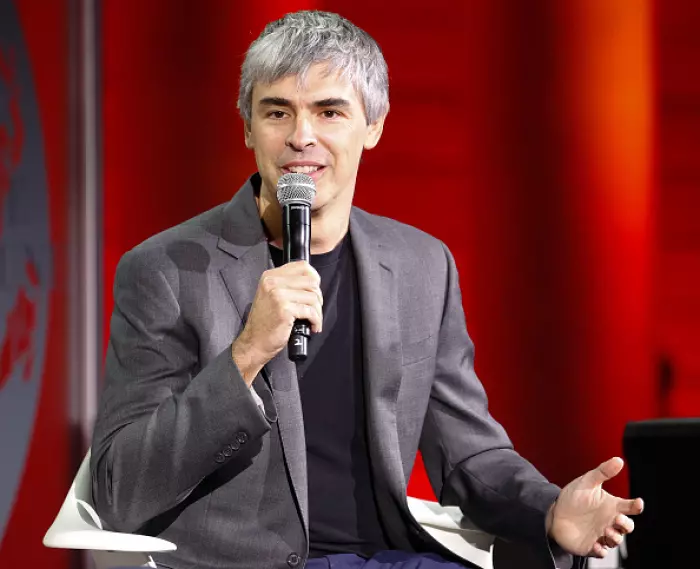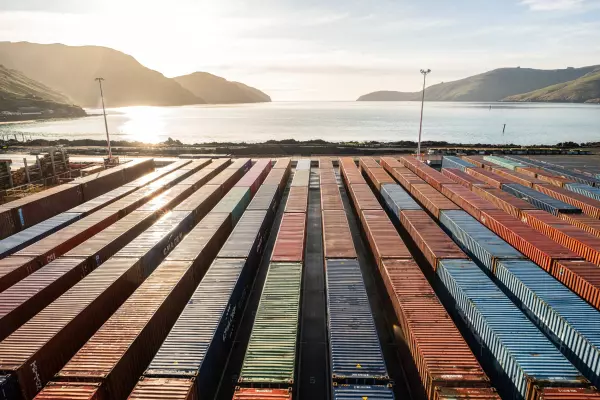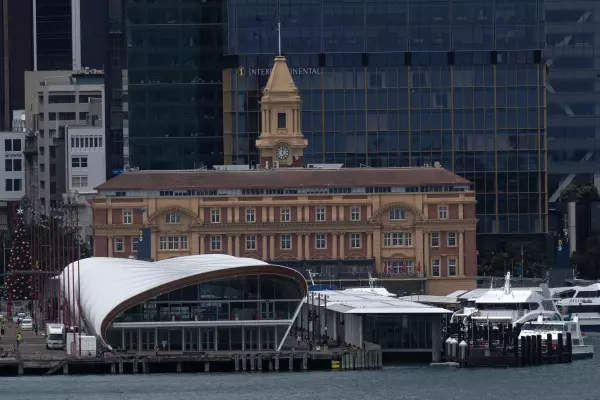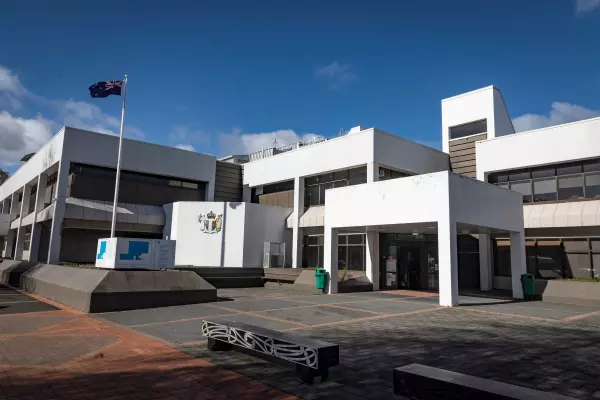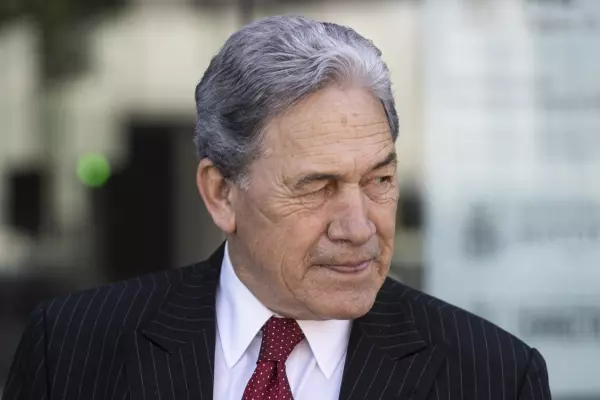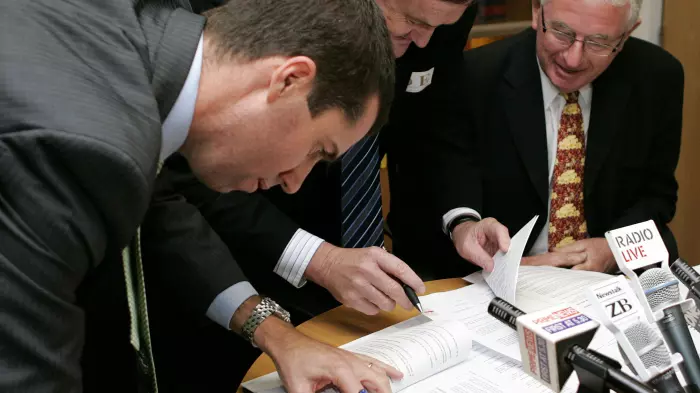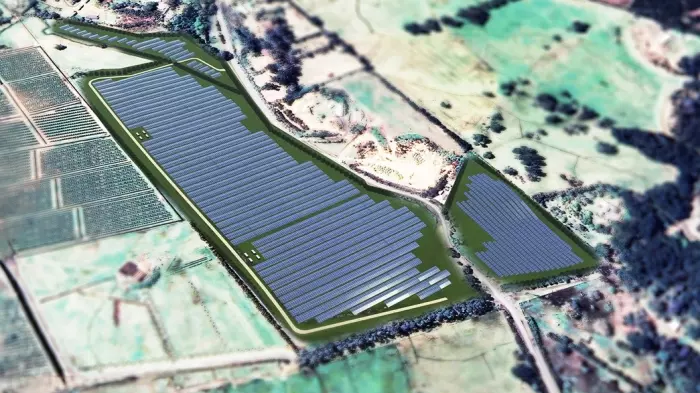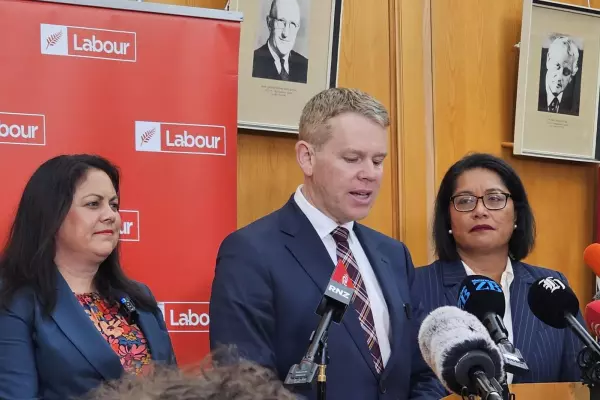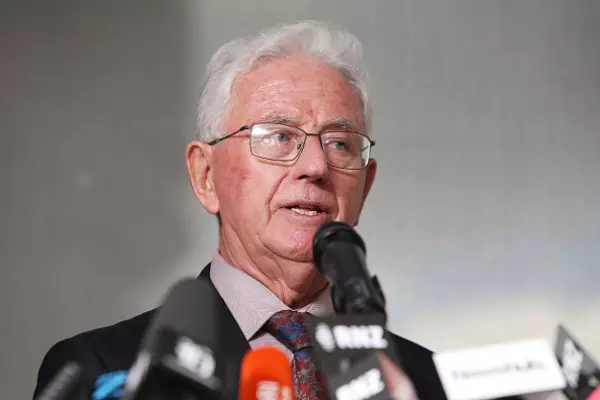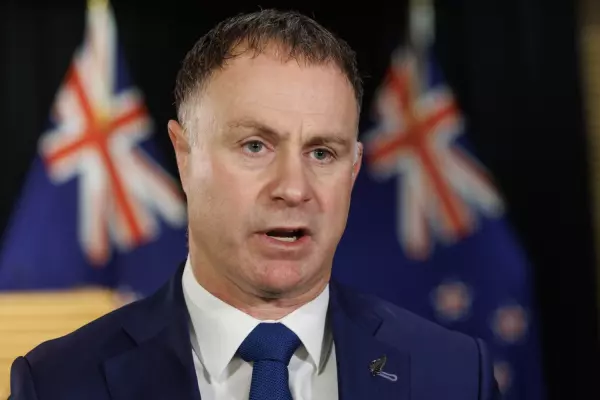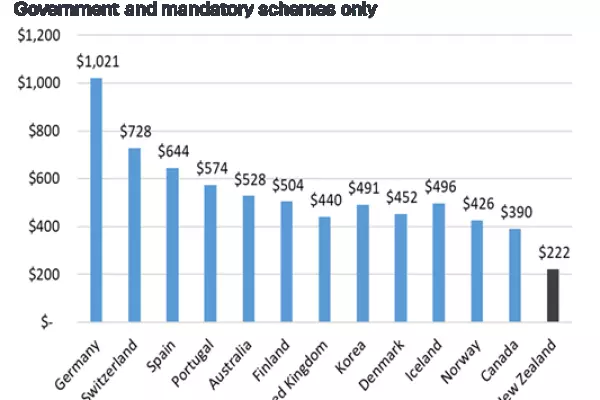The government is considering changes to how much wealthy investors need to invest in New Zealand to qualify for residency visas.
Immigration experts have been waiting for an update on the investor class visas since mid-last year, BusinessDesk understands. An announcement is expected soon.
Immigration NZ (INZ) currently offers the investor 1 visa for people who invest at least $10 million in the country over three years, and the investor 2 visa, for people who invest $3m over four years.
Overseas investors like Google co-founder and billionaire Larry Page have gained residency in NZ through the investor class visa.
Now the government appears to be tweaking the rules.
'Investment action strategy'
The Ministry of Business, Innovation and Employment (MBIE) is the lead agency working on a refreshed investment attraction strategy.
MBIE investment policy manager, Landon McMillan, said work on the strategy started late last year and the ministry would soon be consulting with non-government stakeholders.
“The government is considering how to ensure the investor visa settings contribute effectively to the investment attraction strategy,” McMillan said.
“It will announce its decisions in due course.”
As part of the strategy, McMillan said the government would be looking at more ways to attract people wanting to make significant long-term investments in businesses and jobs in NZ to help with the economic recovery from covid-19.
During an education and workforce select committee appearance on Wednesday, an MBIE executive said the ministry had provided advice around investment thresholds and other matters involving the investor visas as part of the review.
A spokesman for immigration minister Kris Faafoi said the work was still under consideration.
Act’s immigration spokesman, Dr James McDowall, said there were signals the government was going to hike the minimum investment thresholds.
As the country recovered from covid-19, McDowall said NZ needed to be attracting more foreign investment. Act encouraged the government to leave the thresholds as they were, he said.
“Increasing them would send the wrong message to investors globally, who could easily take their money elsewhere to the detriment of NZ businesses.”
Strong interest in NZ
Between 2017 and the end of February 2022, INZ granted 705 investor class 1 visas and 2,640 investor class 2 visas, according to responses to written parliamentary questions.
INZ has continued to grant smaller numbers of visas since the beginning of the pandemic, but migrants have been unable to enter the country.
BNZ head of international business, Evan Veza, said there had been strong interest in NZ from investor migrants in the past two years.
Many visa applicants had started to move their plans forward recently, he said, transferring and committing investment capital to the country.
“Recent government announcements on the border reopening has contributed to applicants’ certainty and confidence they will be able to come to NZ this year.”
Veza thought minimum investment requirements could be increased.
“Increased interest in NZ as a destination for investor migrants should lead to a higher equilibrium price for a visa and the commitment expected from investor migrants for permanent residency should increase,” he said.
“This is not just about the amount of funds required and the duration of the investment, but defining what an investment delivers for NZ in terms of improved economic and social outcomes.
“An iterative approach that builds on the successful attributes of the existing policy could deliver better outcomes.”
Embracing international cash
Former economic development minister Steven Joyce oversaw the development of the previous investment attraction strategy in 2015.
Officials from MBIE, NZ Trade and Enterprise, Treasury and Callaghan Innovation were tasked with advancing the strategy, which included targets to facilitate investments with a direct economic impact of $5 billion over three years, attract at least 10 new international companies to undertake research and development in NZ, and double the amount of capital investor and entrepreneur migrants have brought to NZ from $3.5b to $7b over three years.
McMillan said the purpose of reviewing the strategy was to assess the government’s role in attracting foreign investment to NZ.
“Through the investment attraction strategy, the government aims to attract targeted, high-quality investment that establishes frontier firms and brings skills and technology to NZ.”
Investors with a social conscience
Under current settings, recipients of investor 1 or 2 class visas can invest up to 15% of their funds in philanthropic investments, ie by giving to charities.
However, experts in the philanthropic space believe few, if any, investor migrants are choosing to go down the charitable route within the scope of the visas.
Philanthropy NZ chief executive Sue McCabe hoped the review of the investor class visas would lead to more giving.
“We support greater investment in charities through a range of ways, including removing the maximum 15% cap and ensuring there’s good promotion and implementation guidance about the option of philanthropy as part of the pathway for investor migrants,” she said.


